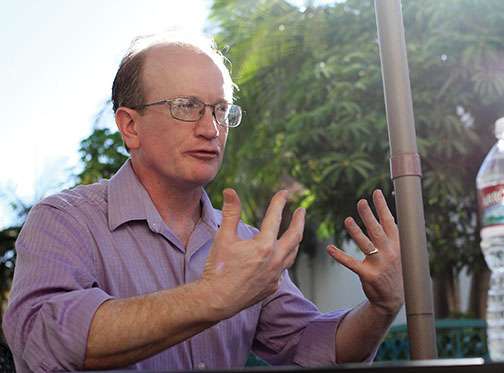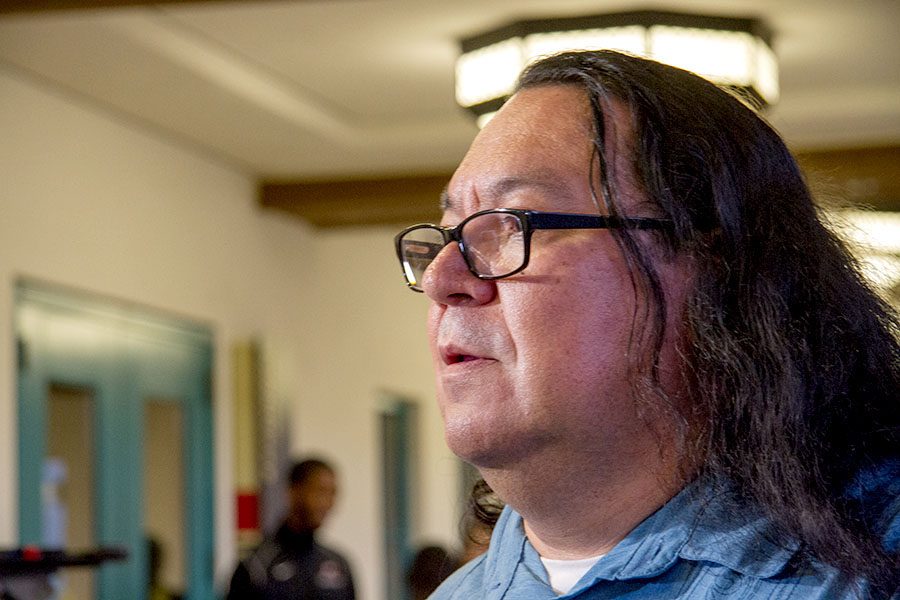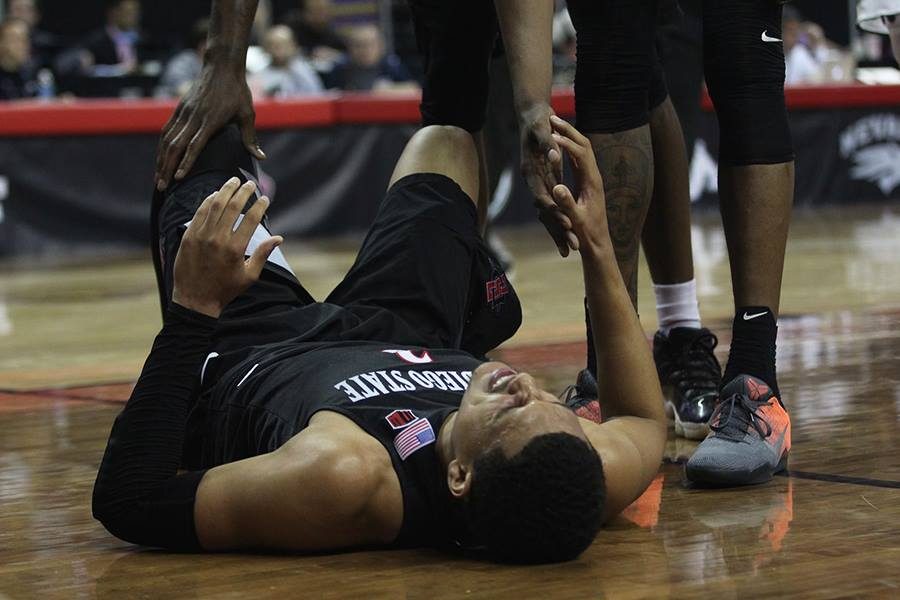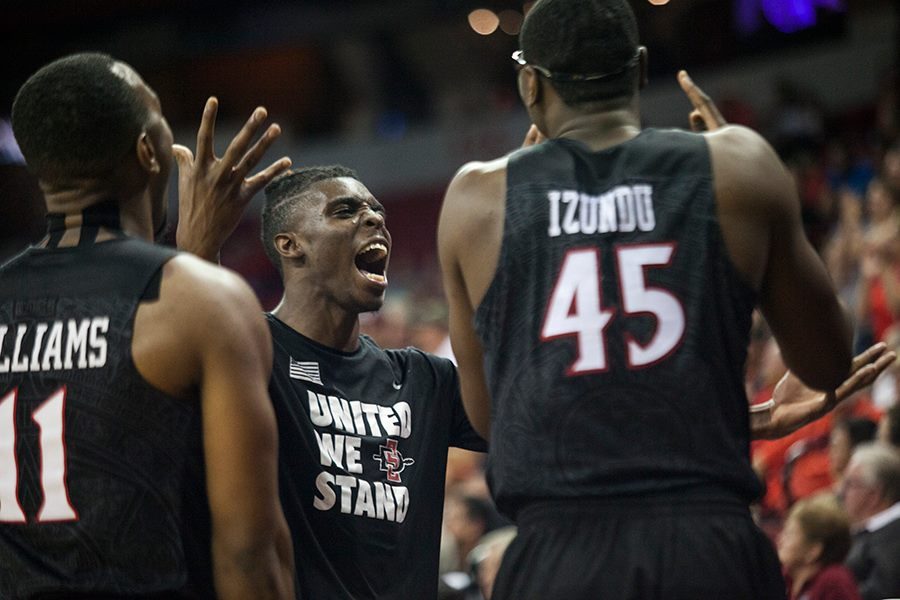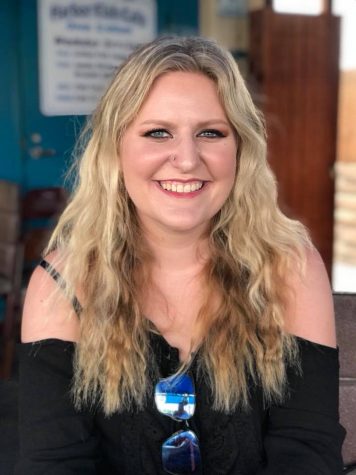Professor Stuart Voytilla had his eye on teaching the history of prime-time television for some time. Now he’s making the class his own. History of Prime-Time Television is currently an upper-division course available to all majors at San Diego State.
Voytilla describes himself primarily as a screenwriter, but he’s always been intrigued by the subject.
“I’ve been raised on stories,” he said. “I love television. I love movies. I love comic books, novels, all of that. So I’ve always wanted the opportunity to really explore how we got where we are now in television.”
Voytilla was assigned to teach the class after the original professor, Lee Marshall, retired. He took this opportunity to share his passion for media with his students.
Students can expect a non-traditional history course, where reading and lectures are accompanied by watching TV shows such as “Twilight Zone” and “I Love Lucy.” Because the history of television is fully documented, students get to watch it evolve in front of their eyes.
“In terms of what we can get from (television’s history) today is looking back at how this media began, and appreciating the foundations,” Voytilla said.
Voytilla has found that students come out of the course with a better understanding of the media surrounding both the present and past generations. He recalls a student who, after taking the course, was able to appreciate the shows his parents grew up watching.
“We often don’t realize what (television) was just 20 years ago,” he said.
His passion for media is reflected in his approach to teaching. He sees television not only for its entertainment value but also its cultural influence.
“We are immersed in television,” the professor said. “It is now such an important part of our culture. We can acknowledge in terms of what it reveals about our world but also how it can destroy our world. So here we have the opportunity to see the birth of this major mass media.”
Although the class is designed with theater, film and new media students in mind, Voytilla believes all students can benefit from taking the course.
Film student Ava Anderson said she would have taken the class whether it was required for her major or not, and her past positive experiences with Voytilla encouraged her even more. She echoed his claim that this class can be beneficial to anyone.
“We all take TV for granted, and this class gives you a little more respect for it,” Anderson said.
The students often voice their opinions on the course material. Voytilla hears numerous interpretations after presenting shows to different classes. He said discussion is a major aspect of the course.
“We have a great time being able to discuss and appreciate a fascinating venue of storytelling,” he said.
Discussion points include the content of the program, and also the viewing habits of the audience at the time. Voytilla notes that the course covers how TV-watching went from a shared family experience to an intimate, one-on-one experience.
Voytilla said he still uses the textbook written by Lee Marshall from the original course as the foundation for the material. However, Voytilla’s interest, passion and knowledge on the subject ignite a new energy into the history of prime-time television.




